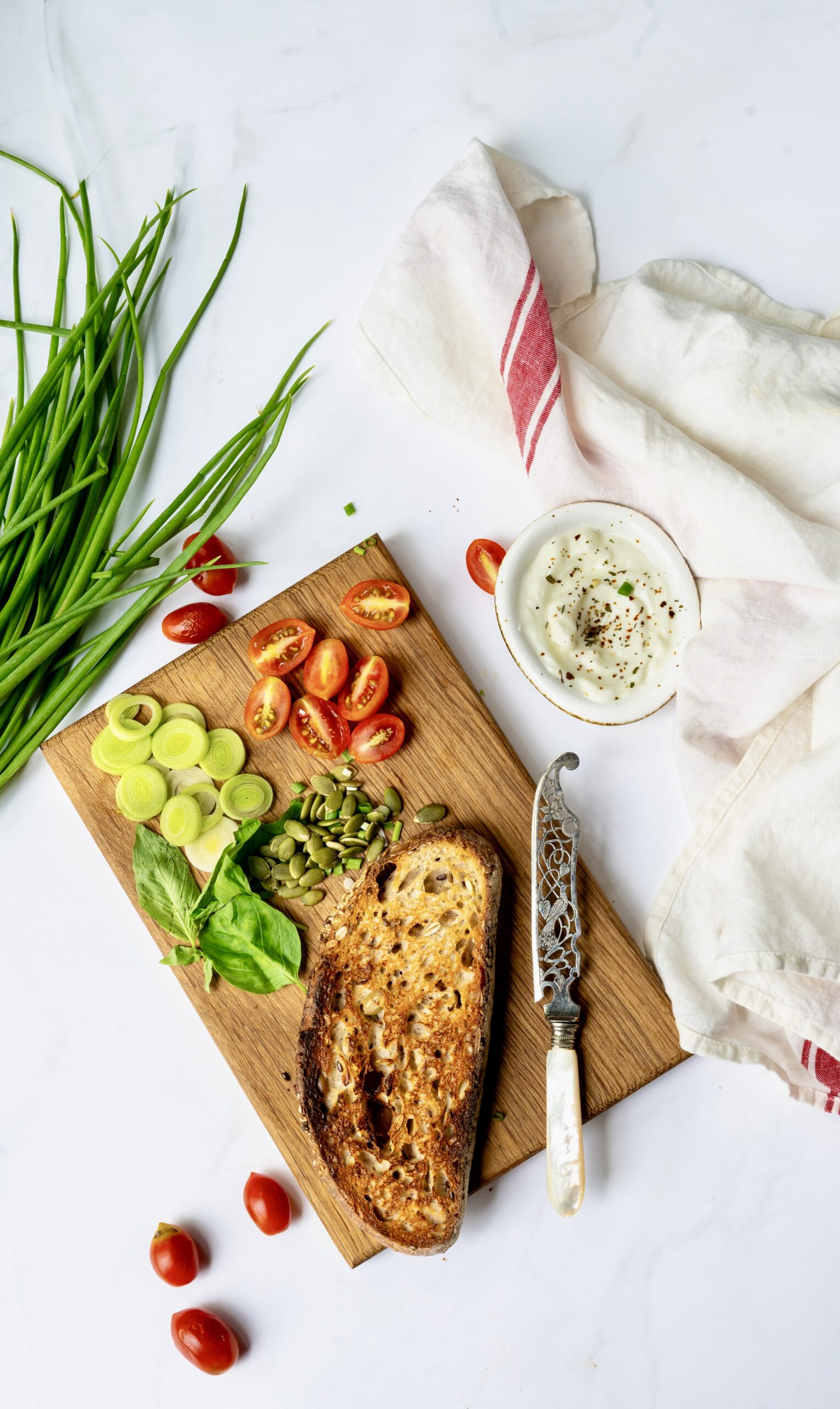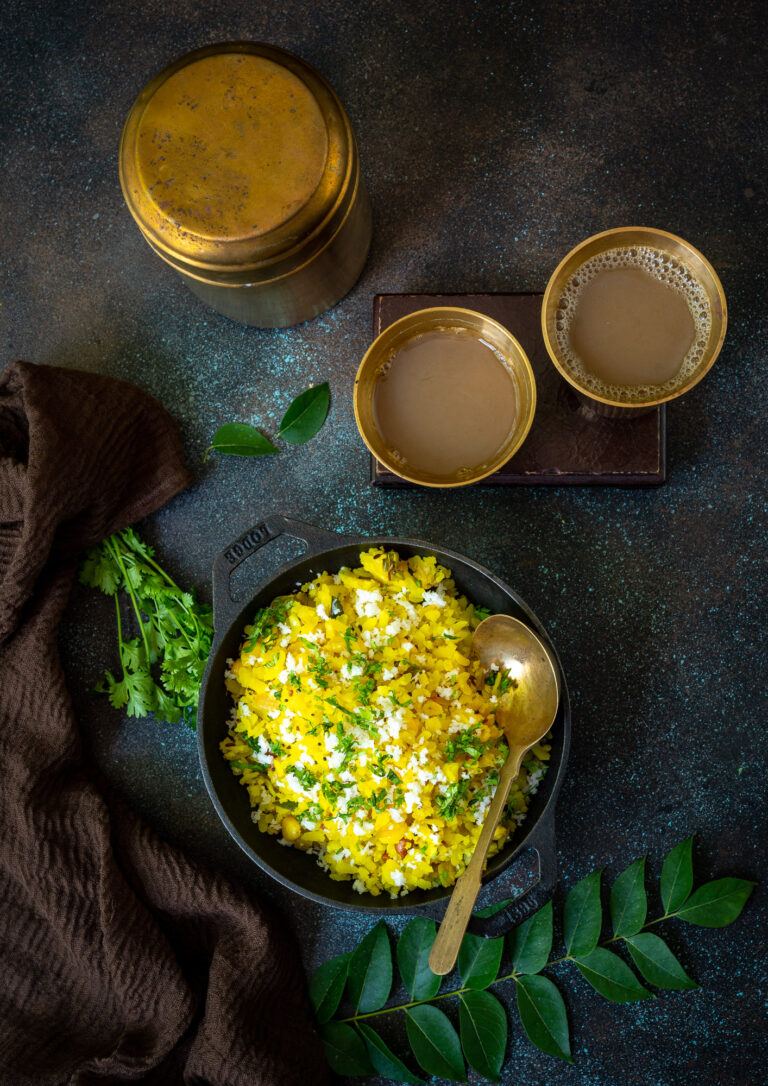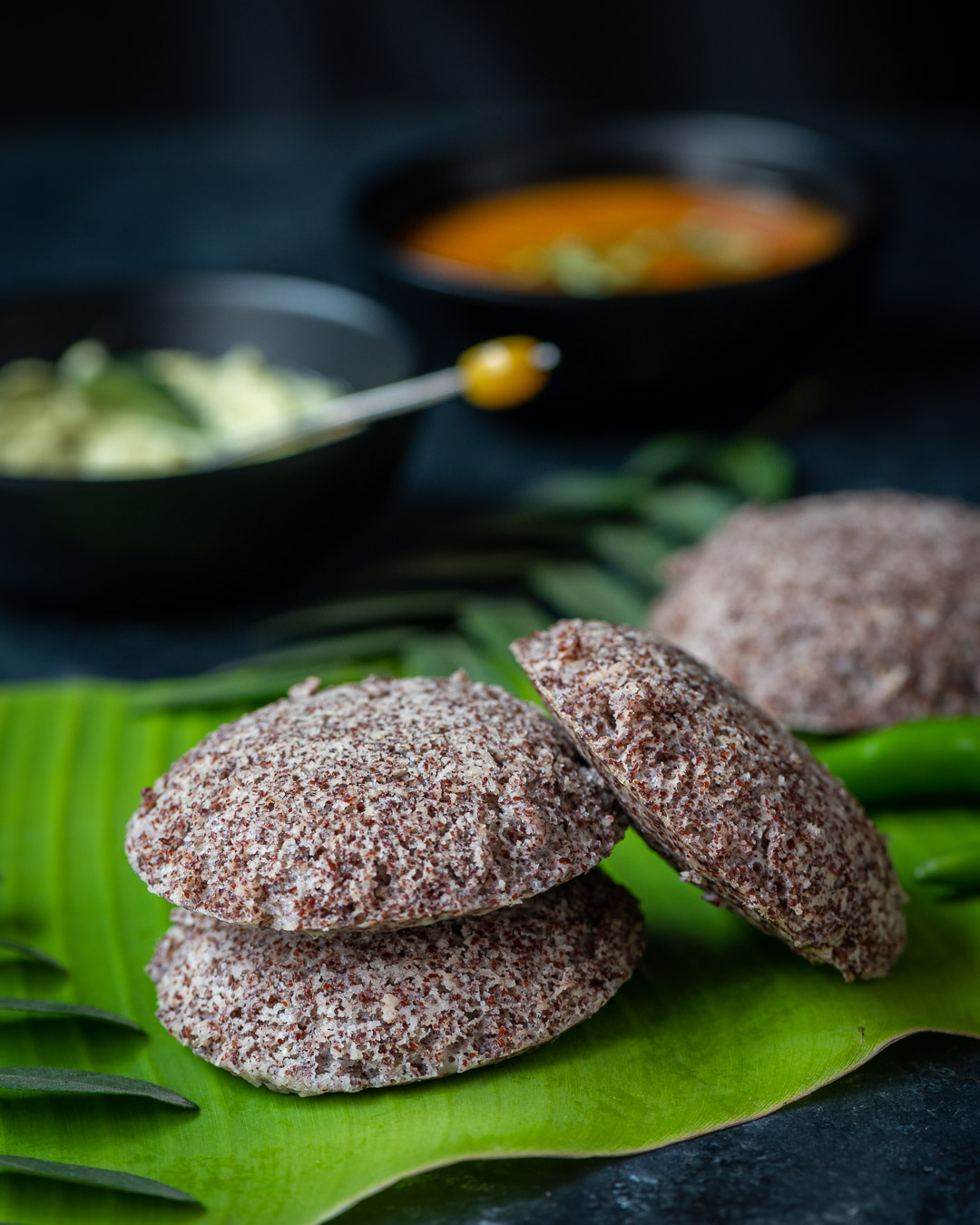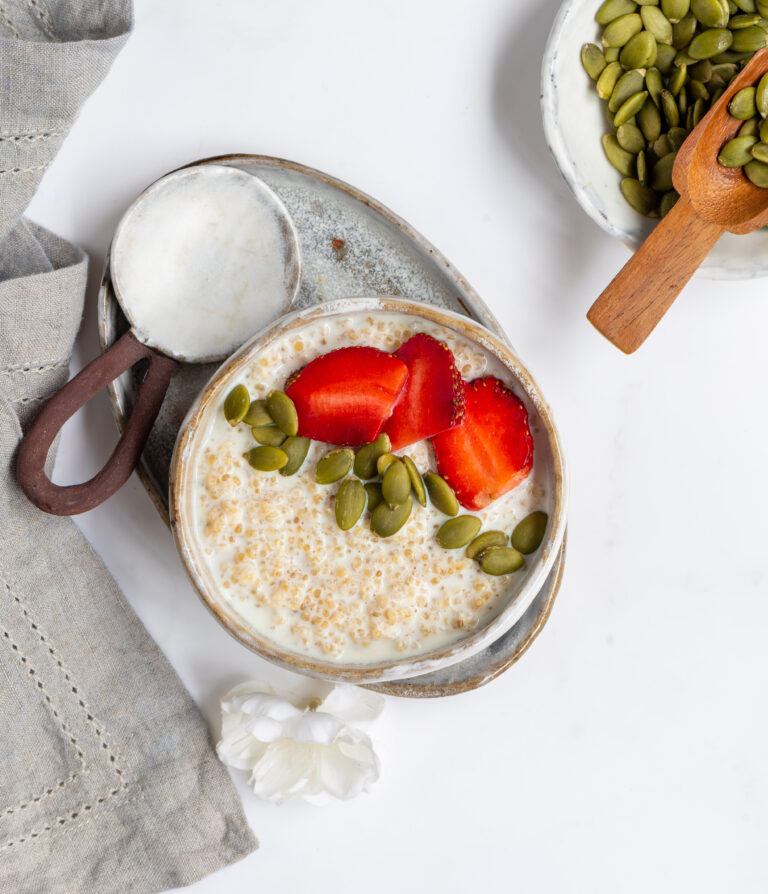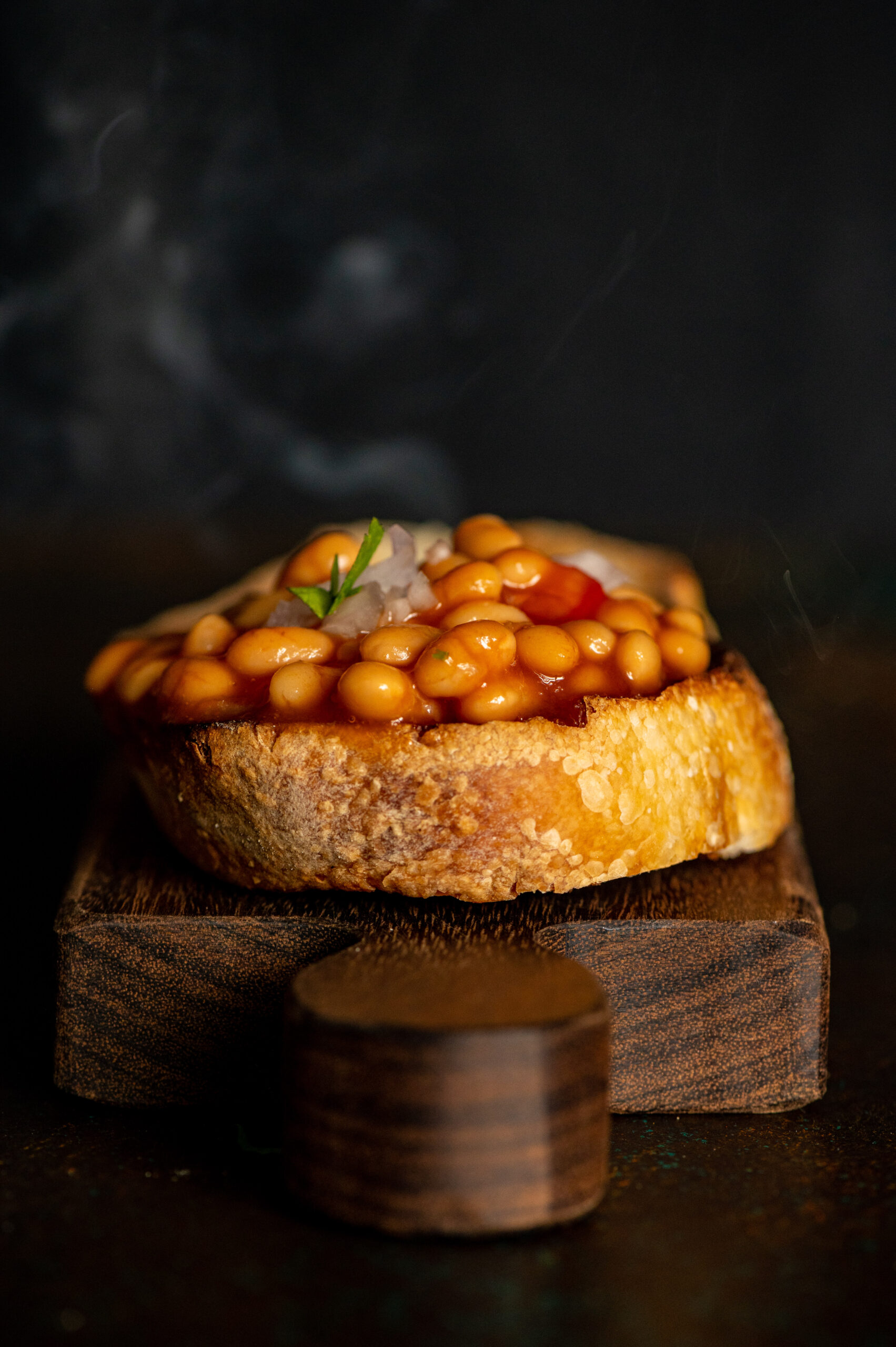You may already know, if you’ve been a reader of this blog for some time, of my love of Mexican cuisine. I enjoy the authentic dishes so very much, and make my own fusion or Indianized versions, some recipes for which you’ll find at that link. My Mexican friends do tease me about my tweaks and substitutes, but we still sit together in my home when they visit and enjoy what I’ve prepared, even while laughing over it. Also, no matter what: when my older son visits, he insists on tacos, made by me, made my way. Over time, I have let go of any inhibitions I have had about inauthentic cooking and have learned to focus on the fun of it. That’s how these Mexican-style eggs came into being.
I really do feel that eggs make for brilliant breakfasts. I have shared some of these recipes in the past too, for instance: my version of the West Asian shakshouka and the protein-powerhouse moringa leaf omelette.
Shakshouka had been our customary Sunday brunch at home for quite a while, but it has become a bit boring for us lately. Our family is such that if we like one dish, we have it on repeat until we tire of it and need a break. That’s what happened with the shakshouka. I wanted to pep things up again, while retaining the protein quotient that the eggs bring. I also wanted to bring in flavours from a different part of the world and deepen them. That’s when I decided to experiment with Mexican seasonings. This recipe is kind of my own invention, and I make no claims about it being like any actual counterparts that may exist in Mexico! I know about a famous dish called huevos rancheros, of course, but I have not even tasted this – so far, that is. I look forward to doing so some day, and hope to visit that amazing country again.
There is a kind of chilli that imparts the particular flavours in this dish, as well as others in many of my experiments with this cuisine. It is the jalapeño, which appears here in three forms. One is the whole chili itself, chopped up. The other two are in the form of a seasoning that uses both chipotle, which is essentially a jalapeño that has been smoked and dried, as well as adobo pepper, which is when the smoked chipotle has been preserved in a spiced tomato-garlic purée. You can find all these online and in big supermarkets in India, where Mexican and Mexican-ish food is enjoyed by many. You may use canned kidney beans if that is your preference, but I like to soak our good old rajma. These are what go into what I call my Mexican eggs. They’re not quite Mexican, I know, but they come from a deep appreciation for the cuisine and its ingredients.
Coming to the eggs themselves, there’s something interesting about them too. We have a little plot of land adjoining my husband’s factory, and the women who work there have made it a special place on which a few vegetables are grown and some hens are raised too. These cluck around and make a nuisance, but they do produce great eggs. The credit is really to the workers who decided to utilize this space thoughtfully. They get to take the veggies and the eggs home for very nominal prices, and we do the same. I absolutely dislike store-bought eggs, more so since their initiative took off. I treat those eggs like gold, and knowing that they are fully organic, farm-to-table ones makes me really happy about feeding them to my family too.
We love having loud, noisy brunches on Sundays. During very pleasant weather such as what we have right now, we sit out in the garden and enjoy our food and our conversation, and these Mexican eggs make for a perfect meal. I like to make individual servings as the presentation is lovely, but you can also make a large amount on a big plate and share it.

Mexican Eggs
(Yield: Serves 1)
50 grams red kidney beans (cooked, with water)
2 teaspoons + 2 tablespoons olive oil
250 grams tomatoes (crushed, with 1 cup water)
1 teaspoon taco seasoning
1 tablespoon adobo-chipotle seasoning
2 eggs
Salt to taste
1 tablespoon jalapeños (finely chopped)
¼ cup onions (chopped)
¼ cup bell peppers (chopped)
¼ cup corn
Crush the kidney beans and set aside.
Heat a kadai. Add the olive oil and then add the crushed tomatoes with water. Stir and add salt, taco seasoning and adobo-chipotle seasoning. Stir well. Once it starts to cook, add the kidney beans and the water. Cook well and set aside.
In a flat pan, add 2 tablespoons of olive oil. Heat, then add the onions, bell peppers and corn. Stir well. Next add the seasoned kidney beans and tomatoes mixture. Mix and allow to cook without stirring for about 2 minutes.
Make a shallow well in the mixture and break the eggs directly into them. Sprinkle the eggs lightly with salt. Cover and allow to cook.
If you wish to, you could grate some cheese on top. I find that Manchego complements the flavours beautifully. With or without that garnishing, serve immediately. These delicious Mexican-inspired eggs are quite filling and sufficient for a full breakfast when paired with toast, and sourdough is especially recommended.







